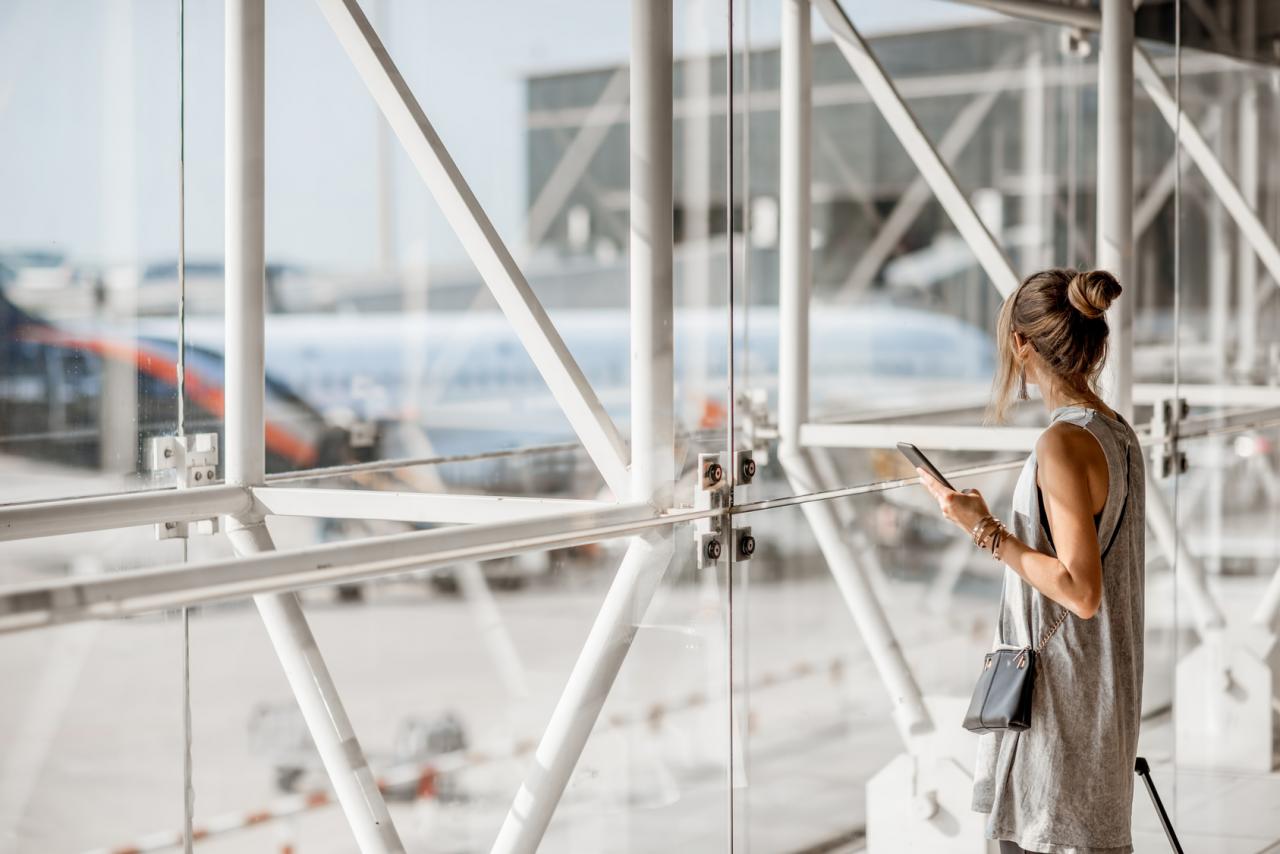The term Painful Bladder Syndrome (PBS) has become the new “catch-all” diagnosis for women who experience pain with their bladder, and has become interchangeable and/or incorporated with the diagnosis of Interstitial Cystitis (IC).
IC is a pain syndrome of the bladder that must fit a tight research definition, as is often considered in women presented with pelvic pain or a painful bladder. PBS, on the other hand, is defined simply as the complaint of suprapubic pain during bladder filling, in addition to other symptoms of urinary urgency (day or night), when other bladder issues (such as infection) and other pelvic issues (endometriosis) have been ruled out.
PBS can be seen in teenagers as well as adults. As mentioned, the main symptoms are pain during bladder filling that is relieved after voiding and can be cyclical, especially with menses. IC will often demonstrate transient relief or no relief after voiding, and is thought to be more pelvic pain in nature. PBS pain can also be experienced in the urethra or flank area (kidney), with urinary urgency, frequency or burning (dysuria).
Examination must rule out several other common problems with bladder and pelvic pain overall with other GYN sources. Infection or irritation of the bladder with food or drink are easy to discern with a culture and food diary. Incomplete bladder emptying can be assessed as well. Ovarian and tubal pain or pathology can be assessed on exam and/or ultrasound such as cysts, tumors or pelvic inflammatory disease. Fibroids or painful menses are other common problems for the GYN to consider. Cystoscopy is always necessary if blood is present in the urine, and after other conditions have been eliminated from consideration.
Therapy is aimed at controlling symptoms to keep PBS “in-check.” Symptoms may wax and wane for years. Dietary manipulation to reduce acidic foods and caffeine are always helpful. Reducing urine acid content can also be done with TUMS. Relaxation of pelvic floor muscles can be achieved with stretching, yoga, warm baths and sometime muscle relaxants. Constipation prevention helps eliminate pelvic pressure and reduce the chance for urinary tract infections.
Many medications have been tried for PBS or IC, none with smashing across-the-board success. Essentially, it comes down to trial and error, seeing which one works best. Some that have been used are: Elmiron, Atarax, Elavil, Tagament, overactive bladder medications and muscle relaxants. Occasionally, instillation of medication in the bladder is effective, such as lidocaine, Elmiron or DMSO. If IC is present and bladder ulcers are present, cautery of them is usually indicated.
When PBS and urinary symptoms (of urgency and frequency) are present together, InterStim bladder neuromodulation can be tried. InterStim is a bladder pacemaker-like device that can reduce the symptoms of overactive bladder (OAB) in about 75 percent of patients when medications for OAB fails or cannot be tolerated. There has been some secondary gain in several small trials, showing reduced bladder pain with the use of InterStim when implanted for OAB.
Link to blog: http://femaleurologyaz.blogspot.com/2009/06/painful-bladder-syndrome.html






Add a CommentComments
There are no comments yet. Be the first one and get the conversation started!